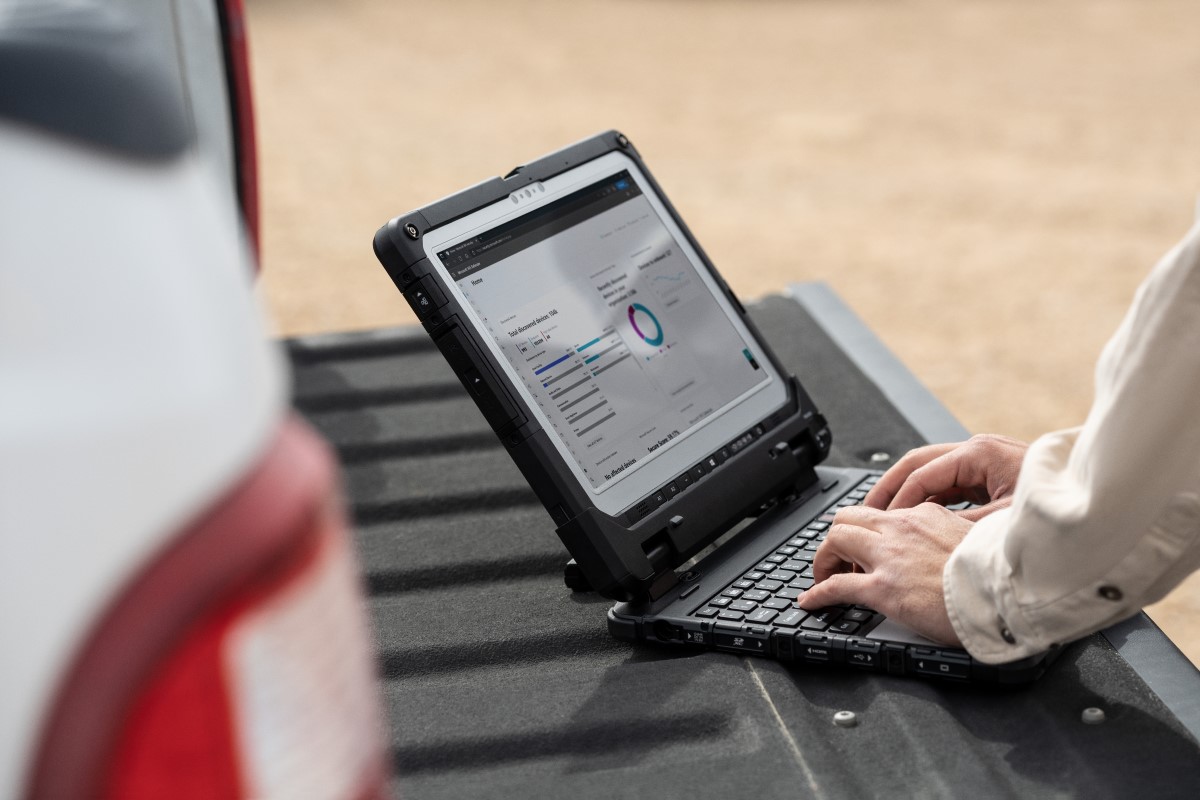Today, at the IoT Solutions World Congress, we announced that Azure Sphere will be generally available in February of 2020. General availability will mark our readiness to fulfill our security promise at scale, and to put the power of Microsoft’s expertise to work for our customers every day—by delivering over a decade of ongoing security improvements and OS updates delivered directly to each device.
Since we first introduced Azure Sphere in 2018, the IoT landscape has quickly expanded. Today, there are more connected things than people in the world: 14.2 billion in 2019, according to Gartner, and this number is expected to hit 20 billion by 2020. Although this number appears large, we expect IoT adoption to accelerate to provide connectivity to hundreds of billions of devices. This massive growth will only increase the stakes for devices that are not secured.
Recent research by Bain & Co. lists security as the leading barrier to IoT adoption. In fact, enterprise customers would buy at least 70 percent more IoT devices if a product addresses their concerns about cybersecurity. According to Bain & Co., enterprise executives, with an innate understanding of the risk that connectivity opens their brands and customers to, are willing to pay a 22 percent premium for secured devices.
Azure Sphere’s mission is to empower every organization on the planet to connect and create secured and trustworthy IoT devices. We believe that for innovation to deliver durable value, it must be built on a foundation of security. Our customers need and expect reliable, consistent security that will set innovation free. To deliver on this, we’ve made several strategic investments and partnerships that make it possible to meet our customers wherever they are on their IoT journey.
Delivering silicon choice to enable heterogeneity at the edge
By partnering with silicon leaders, we can combine our expertise in security with their unique capabilities to best serve a diverse set of customer needs.
MediaTek’s MT3620, the first Azure Sphere certified chip produced, is designed to meet the needs of the more traditional MCU space, including Wi-Fi-enabled scenarios. Today, our customers across industries are adopting the MT3620 to design and produce everything from consumer appliances to retail and manufacturing equipment—these chips are also being used to power a series of guardian modules to securely connect and protect mission-critical equipment.
In June, we announced our collaboration with NXP to deliver a new Azure Sphere certified chip. This new chip will be an extension of their popular i.MX 8 high-performance applications processor series and be optimized for performance and power. This will bring greater compute capabilities to our line-up to support advanced workloads, including artificial intelligence (AI), graphics, and richer UI experiences.
Earlier this month, we announced our collaboration with Qualcomm to deliver the first cellular-enabled Azure Sphere chip. With ultra-low-power capabilities this new chip will light up a broad new set of scenarios and give our customers the freedom to securely connect anytime, anywhere.
Streamlining prototyping and production with a diverse hardware ecosystem
Manufacturers are looking for ways to reduce cost, complexity, and time to market when designing new devices and equipment. Azure Sphere development kits from our partners at Seeed Studios and Avnet are designed to streamline the prototyping and planning when building Azure Sphere devices. When you’re ready to shift gears into production mode, there are a variety of modules by partners including AI-Link, USI, and Avnet to help you reduce costs and accelerate production so you can get to market faster.
Adding secured connectivity to existing mission-critical equipment
Many enterprises are looking to unlock new value from existing equipment through connectivity. Guardian modules are designed to help our customers quickly bring their existing investments online without taking on risk and jeopardizing mission-critical equipment. Guardian modules plug into existing physical interfaces on equipment, can be easily deployed with common technical skillsets, and require no device redesign. The deployment is fast, does not require equipment to be replaced before its end of life, and quickly pays for itself. The first guardian modules are available today from Avnet and AI-Link, with more expected soon.
Empowering developers with the right tools
Developers need tools that are as modern as the experiences they aspire to deliver. In September of 2018, we released our SDK preview for Visual Studio. Since then, we’ve continued to iterate rapidly, making it quicker and simpler to develop, deploy, and debug Azure Sphere apps. We also built out a set of samples and solutions on GitHub, providing easy building blocks for developers to get started. And, as we shared recently, we’ll soon have an SDK for Linux and support for Visual Studio Code. By empowering their developers, we help manufacturers bring innovation to market faster.
Creating a secure environment for running an RTOS or bare-metal code
As manufacturers transform MCU-powered devices by adding connectivity, they want to leverage existing code running on an RTOS or bare-metal. Earlier this year, we provided a secured environment for this code by enabling the M4 core processors embedded in the MediaTek MT3620 chip. Code running on these real-time cores is programmed and debugged using Visual Studio. Using these tools, such code can easily be enhanced to send and receive data via the protection of a partner app running on the Azure Sphere OS, and it can be updated seamlessly in the field to add features or to address issues. Now, manufacturers can confidently secure and service their connected devices, while leveraging existing code for real-time processing operations.
Delivering customer success
Deep partnerships with early customers have helped us understand how IoT can be implemented to propel business, and the critical role security plays in protecting their bottom line, brand, and end users. Today, we’re working with hundreds of customers who are planning Azure Sphere deployments, here are a few highlights from across retail, healthcare, and energy:
- Starbucks—In-store equipment is the backbone of not just commerce, but their entire customer experience. To reduce disruptions and maintain a quality experience, Starbucks is partnering with Microsoft to deploy Azure Sphere across its existing mission-critical equipment in stores globally using guardian modules.
- Gojo—Gojo Industries, the inventor of PURELL Hand Sanitizer, has been driving innovation to improve hygiene compliance in health organizations. Deploying motion detectors and connected PURELL dispensers in healthcare facilities made it possible to quantify hand cleaning behavior in a way that made it possible to implement better practices. Now, PURELL SMARTLINK Technology is undergoing an upgrade with Azure Sphere to deploy secure and connected dispensers in hospitals.
- Leoni—Leoni develops cable systems that are central components within critical application fields that manage energy and data for the automotive sector and other industries. To make cable systems safer, more reliable, and smarter, Leoni uses Azure Sphere with integrated sensors to actively monitor cable conditions, creating intelligent and connected cable systems.
Looking forward
We want to empower every organization on the planet to connect and create secure and trustworthy IoT devices. While Azure Sphere leverages deep and extensive Microsoft heritage that spans hardware, software, cloud, and security, IoT is our opportunity to prove we can deliver in a new space. Our work, our collaborations, and our partnerships are evidence of the commitment we’ve made to our customers—to give them the tools and confidence to transform the world with new experiences. As we close in on the milestone achievement of Azure Sphere general availability, we are already focused on how to give our customers greater opportunities to securely shape the future.





